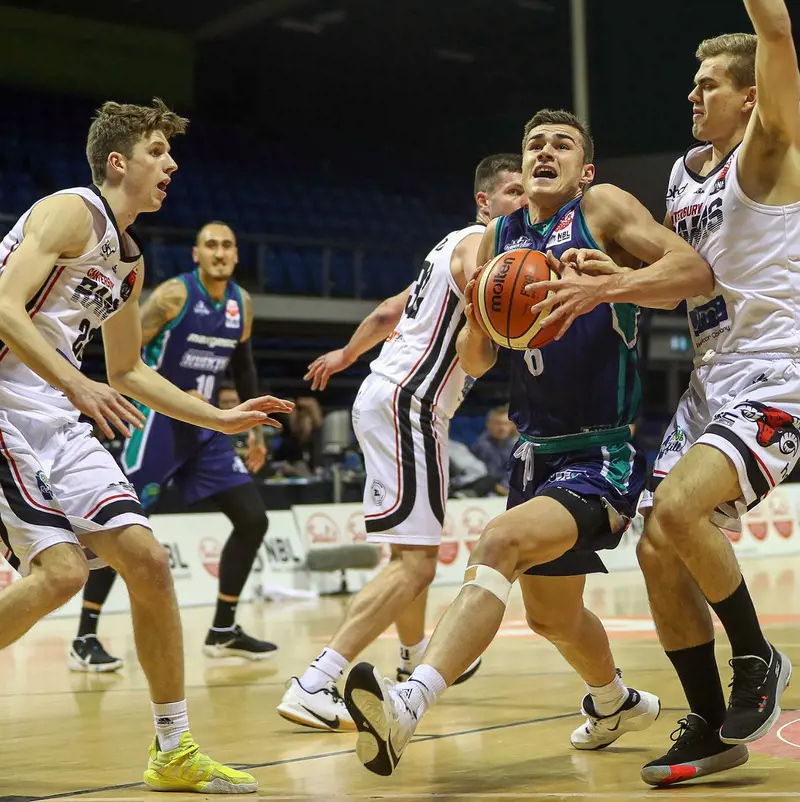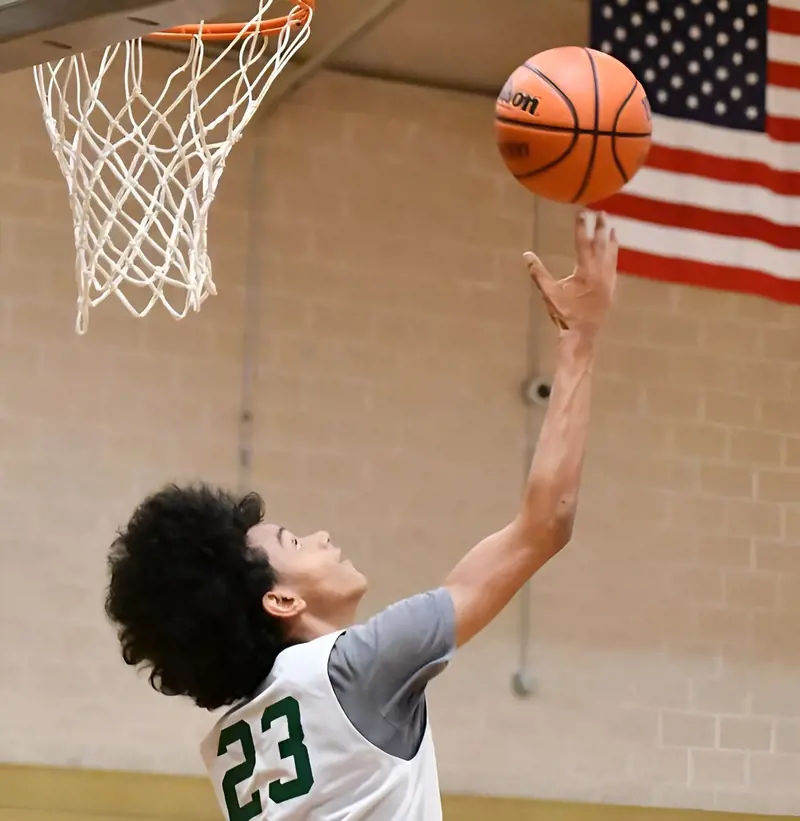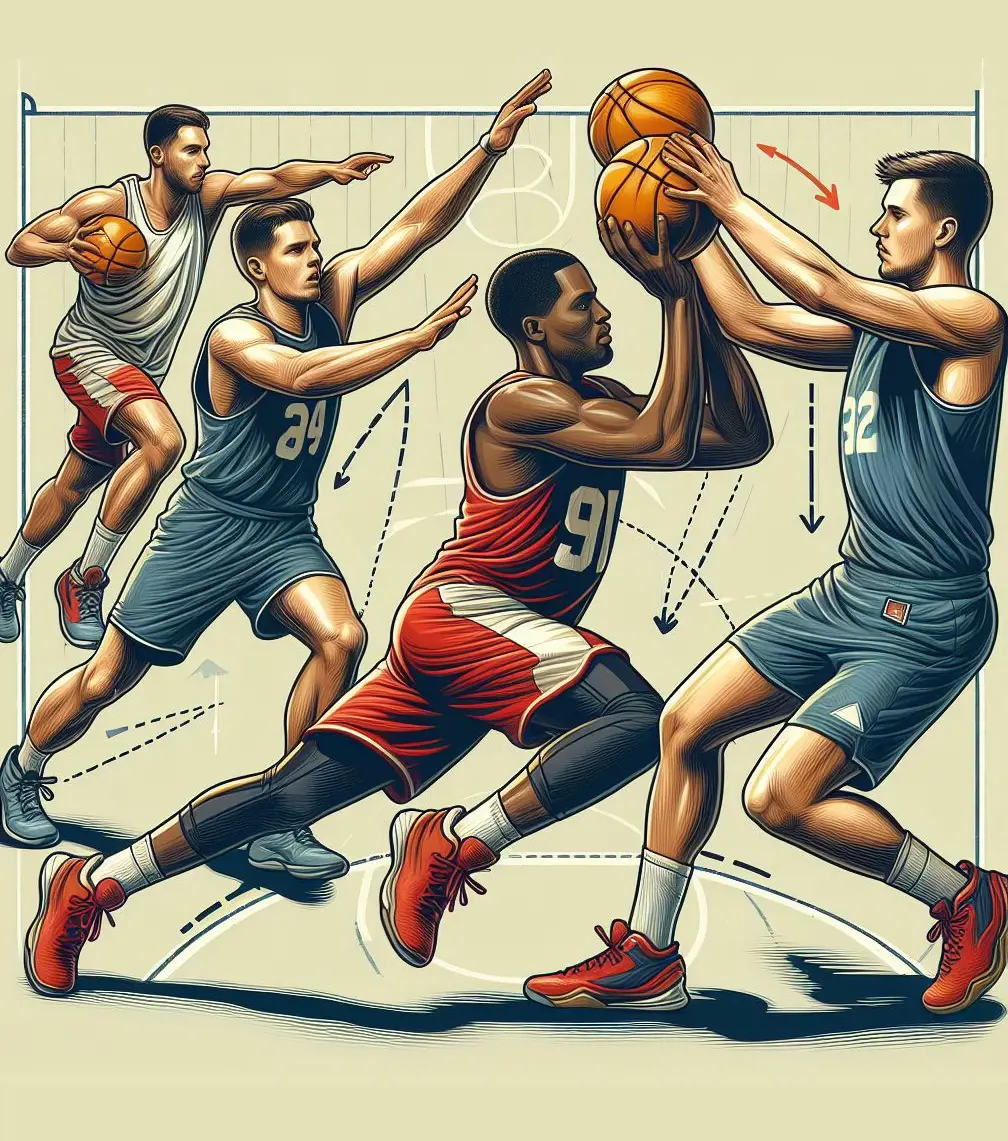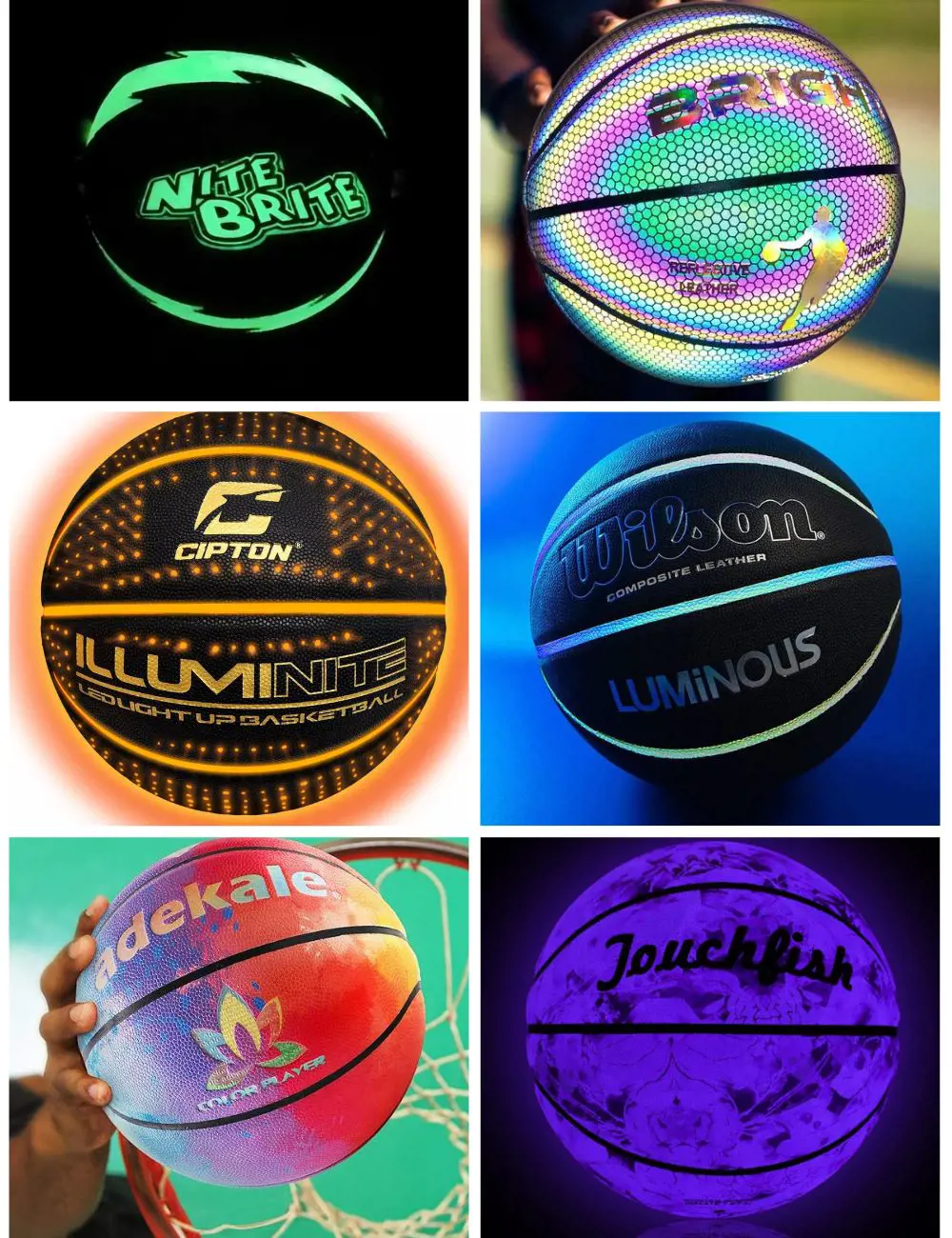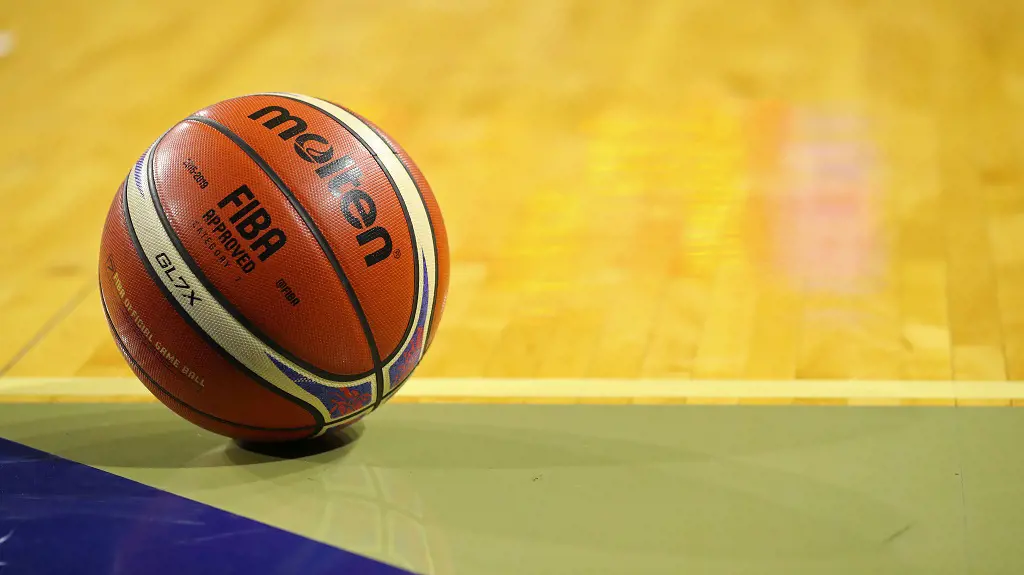
What Is Goaltending In NBA? Goaltending in NBA is a penalty for players that stops the ball from entering the basket illegally.
NBA rules restrict players from altering the course of a score.
NBA recorded goaltending as a violation in 1945 following the implementation by NCAA in 1944. However, it was introduced officially in 1956 after feeling the requirement due to tall players like George Mikan and Wilt Chamberlain.
Their efficient blocks and score prevention made NBA take the step forward in making it an official regulation. It became illegal to touch the ball when it was right above the rim or rolling on it and bounced off the board with a chance to enter the basket.
Although this rule is similar to basket interference calls, there are a few characteristics that set them apart. A basket interference is related to any attempt to touch the ball after it enters the rim circumference.
Meanwhile, Goaltending happens when the routine flight path of the basketball after the downward fall toward the hoop. An inflight touch is legal or illegal, depending on the ball's trajectory and position, since an upward-moving ball can be legally altered in the NBA.
However, players in the high school team and NCAA division get goaltending when a player interferes with a free throw at any time in its flight towards the basket, either upward or downwards.
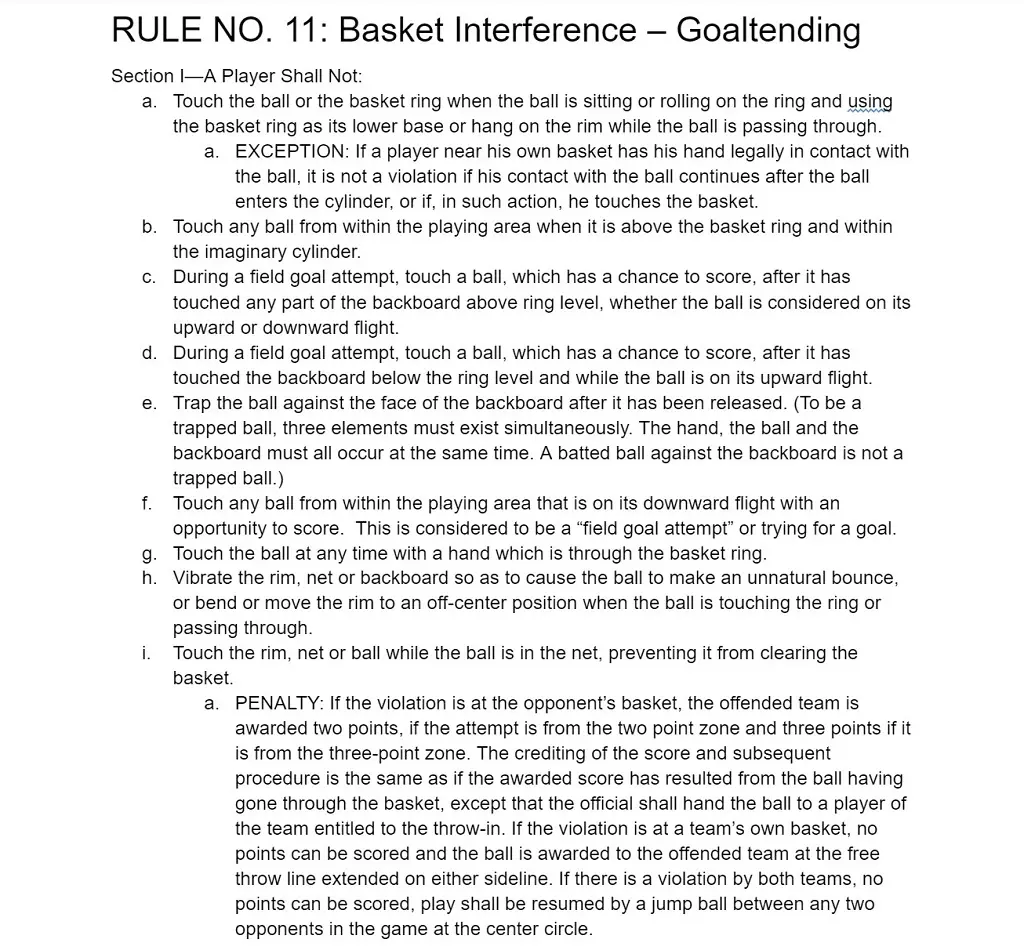
Factors That Incur Goaltending
Based on the types of player interference with the ball on the way to the basket, the following factors will lead to a goaltending penalty.
-
Touching or altering the ball path during a downward flight
-
If the ball is touched when it is above the basket rim and inside the perimeter of the basket rim.
-
If the player interferes with the ball after it touches the board, ruining the possibility of a score.
- If a free throw is tackled, the opposed will incur a goaltending penalty and a foul.
While the first two rules are similar to NCAA and International basketball, the third condition does not apply to international basketball games. They allow the player to snatch the ball after it touches the rim or the backboard once, rolling around it or bouncing above.
Here are the different types of Goaltending in the NBA.
Offensive Goaltending
Offensive goaltending occurs when teams on the offense conduct illegal activities that go against the NBA rules. The offense team's score is not counted, and they lose possession of the ball after this act.
An example of offensive goaltending would be when players from the offensive team touch the rim or board for the ball to enter the net. Taking the rebound ball before it reaches below the basket level is also considered illegal and incurs a penalty for the team.

The image illustrates that when Andrew Wggins pushes the ball in the downward incline for a perfect score, it was nullified due to goaltending.
If the offensive player pushes the ball inside the rim or dunks when it is already in the rim circumference, it is offensive goaltending, and the team loses the point and possession of the ball.
Difference Between Blocking And Offensive Goaltending
Blocking is the method to stop the ball from reaching the desired target after being shot. Defensive players can legally deflect or tackle the ball.
While they can touch the ball during upward motion after it leaves the opponent's hands, they will be penalized if the ball has already started coming downwards before the touch.
Basketball players on the defense can legally block and deflect the ball, but there is a fine line before it becomes goaltending.
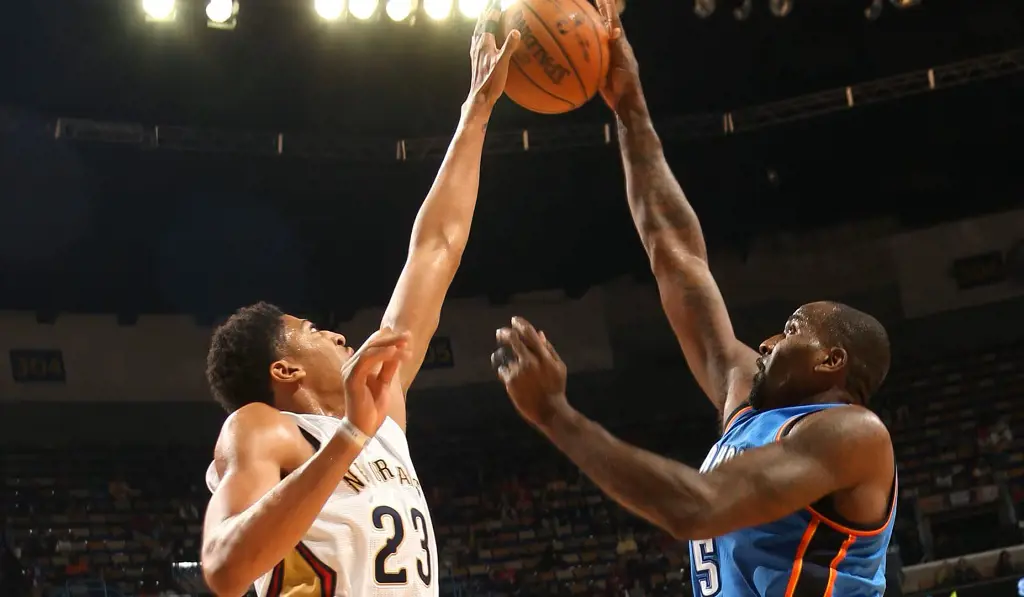
If the player catches or derails it off from the initial track when it is in an upward movement, then it is considered a block, but if it starts coming down before the touch, then it is considered goaltending.
A downward arc is vital for the touch to be deemed illegal by the referees. Similarly, a player might get a goaltending violation when going for a rebound before the ball comes below the level of the rim.
Even when there is no possibility of the ball entering the basket in some scenarios, it is still illegal to touch the ball while it is above the rim.
Defensive Goaltending
Offensive goaltending occurs when teams on the offense conduct illegal activities that go against the NBA rules. The offense team's score is not counted, and they lose possession of the ball after this act.
An example of offensive goaltending would be when players from the offensive team touch the rim or board for the ball to enter the net. Taking the rebound ball before it reaches below the basket level is also considered illegal and incurs a penalty for the team.
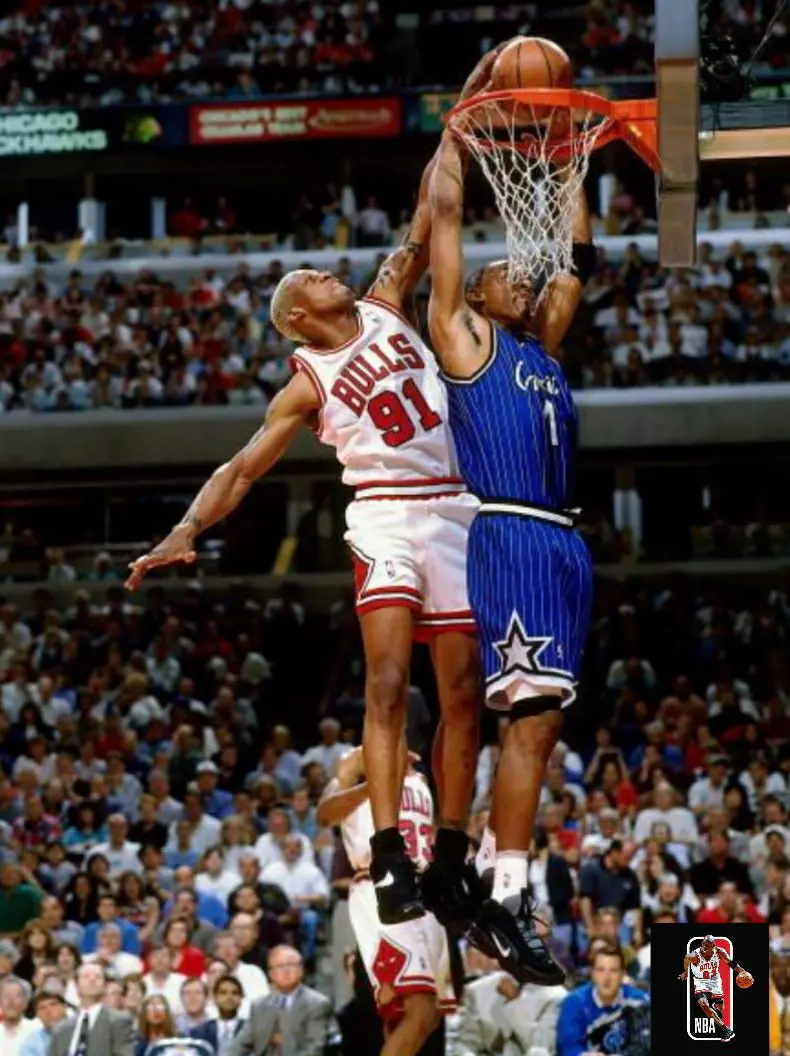
The image illustrates that when Andrew Wggins pushes the ball in the downward incline for a perfect score, it was nullified due to goaltending.
If the offensive player pushes the ball inside the rim or dunks when it is already in the rim circumference, it is offensive goaltending, and the team loses the point and possession of the ball.
Difference Between Blocking And Offensive Goaltending
Blocking is the method to stop the ball from reaching the desired target after being shot. Defensive players can legally deflect or tackle the ball.
While they can touch the ball during upward motion after it leaves the opponent's hands, they will be penalized if the ball has already started coming downwards before the touch.
Basketball players on the defense can legally block and deflect the ball, but there is a fine line before it becomes goaltending.
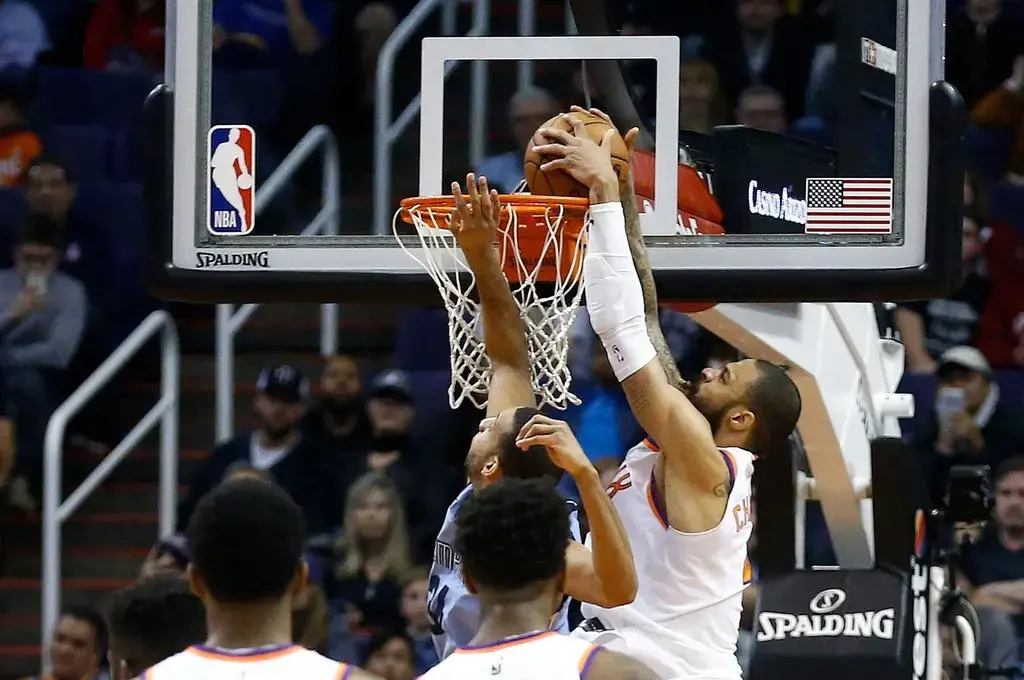
If the player catches or derails it off from the initial track when it is in an upward movement, then it is considered a block, but if it starts coming down before the touch, then it is considered goaltending.
A downward arc is vital for the touch to be deemed illegal by the referees. Similarly, a player might get a goaltending violation when going for a rebound before the ball comes below the level of the rim.
Even when there is no possibility of the ball entering the basket in some scenarios, it is still illegal to touch the ball while it is above the rim.
Special Situations In The NBA For Goaltending
Goaltending is a penalty after a player blocks a downward score opportunity from either position on the court. Meanwhile, the upward flow can be tackled.
However, NBA has a special rule for free throws that cannot be stopped either way. Both upward and downward tackle of the ball making its way to the basket is considered a Goaltend.
This penalty would also count as a technical foul to the player that touched the ball and provide one point to the opposing team. Similarly, goaltending applies to the live ball in the air after the final buzzer sounds off.
Any player that touches the ball making its way to the basket, even after the final buzzer, would be given a foul as per the rules in NBA. The points awarded to the opposing team would depend on the type of shot made after the buzzer.
NBA And International Goaltending Rules Difference
The FIBA and NBA have a slightly different sets of rules when it comes to goaltending. One major rule in goaltending that FIBA allows is snatching the ball after it touches the rim.
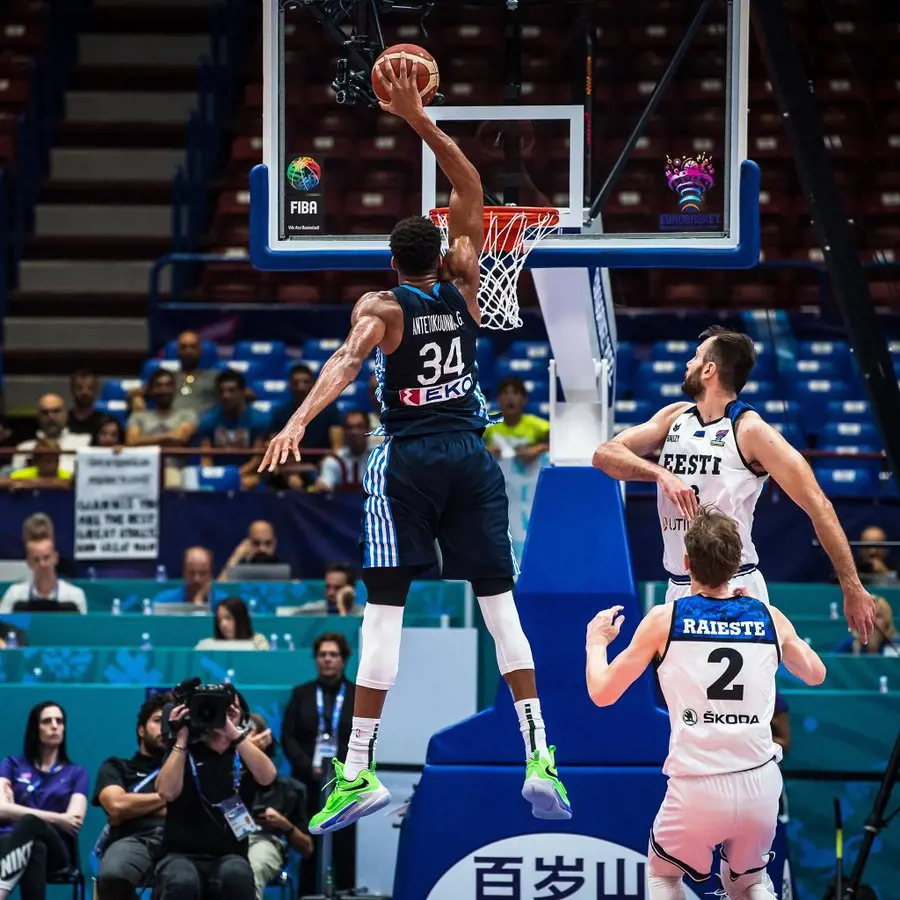
While NBA restricts players from tackling the ball before it comes below the basket, FIBA allows it to be touched after a single strike, even if the ball is guaranteed to enter the basket.
The FIBA rules are used by Summer Olympics, Basketball World Cup, and other international basketball leagues. So, it is crucial to understand that international games could be different from the American national leagues.
While tackling the ball when it is in a downward arc toward the basket is illegal, the difference is only after it makes the first touch.
On international platforms, it provides more freedom to both offensive and defensive players for rebounds, allowing the best athletes to score.
